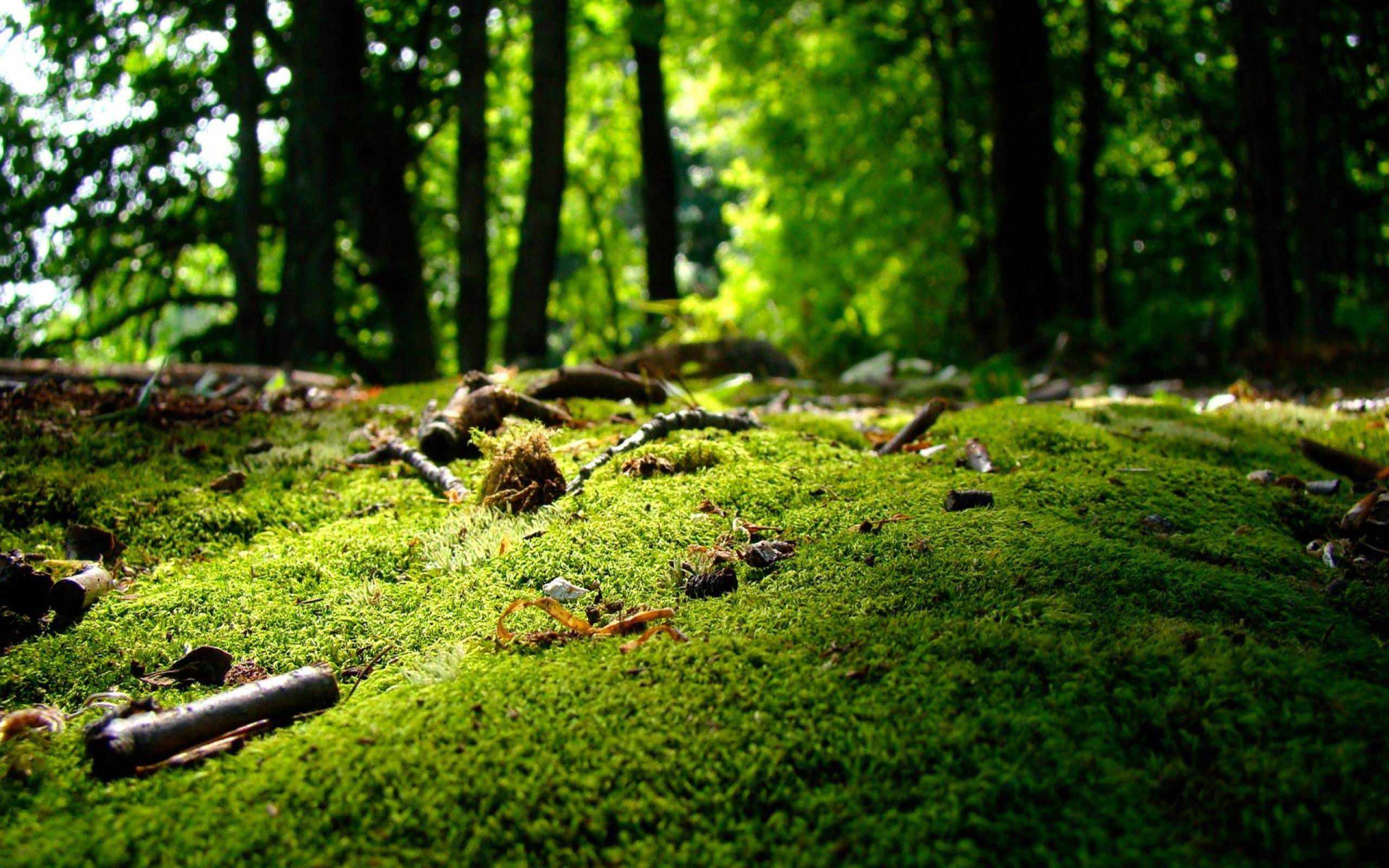Author:
Joan Elizalde
Short summary:
Many things could be learned in a classroom, but there are many more that need to be experienced first-hand. Autumn is Nature’s generous season, where plants and trees share their fruits for harvest. All the wildlife is active in collecting reserves for the cold months to come. It is a time for celebration and merriness, to enjoy the abundance and colorful display of life.

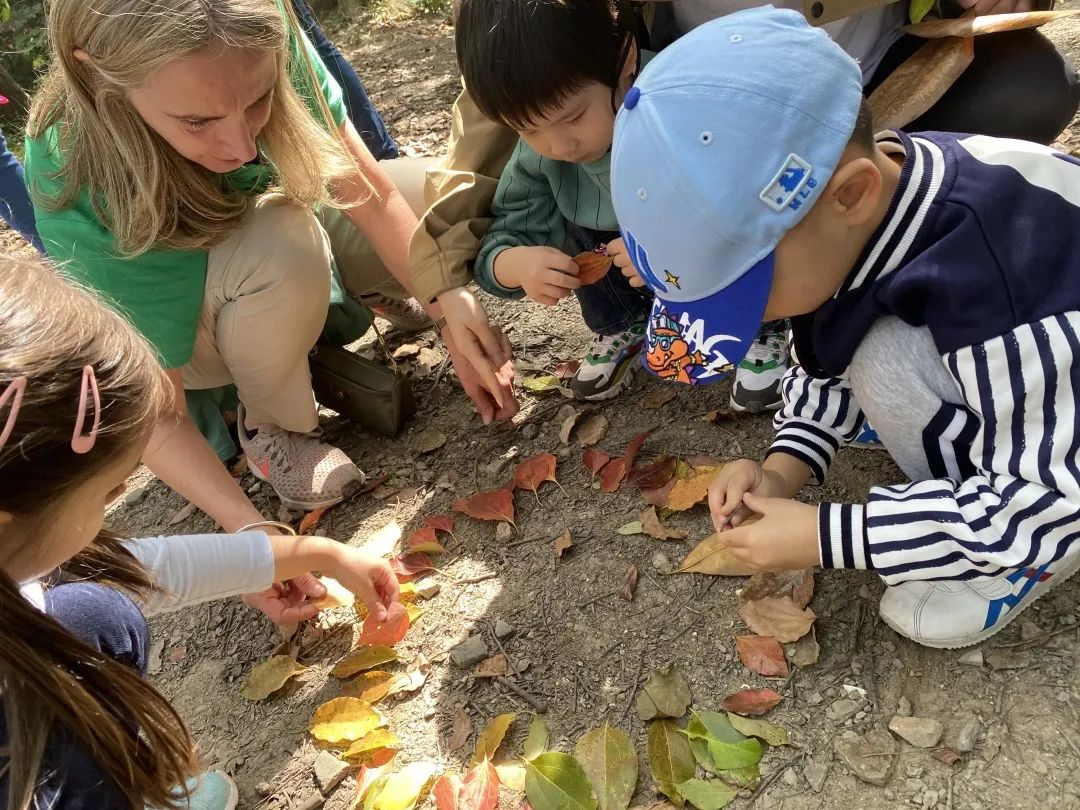
On Friday 23rd Oct we had the pleasure to lead the kids from TaiDeLe kindergarten through a nature walk in the Botanical Garden.
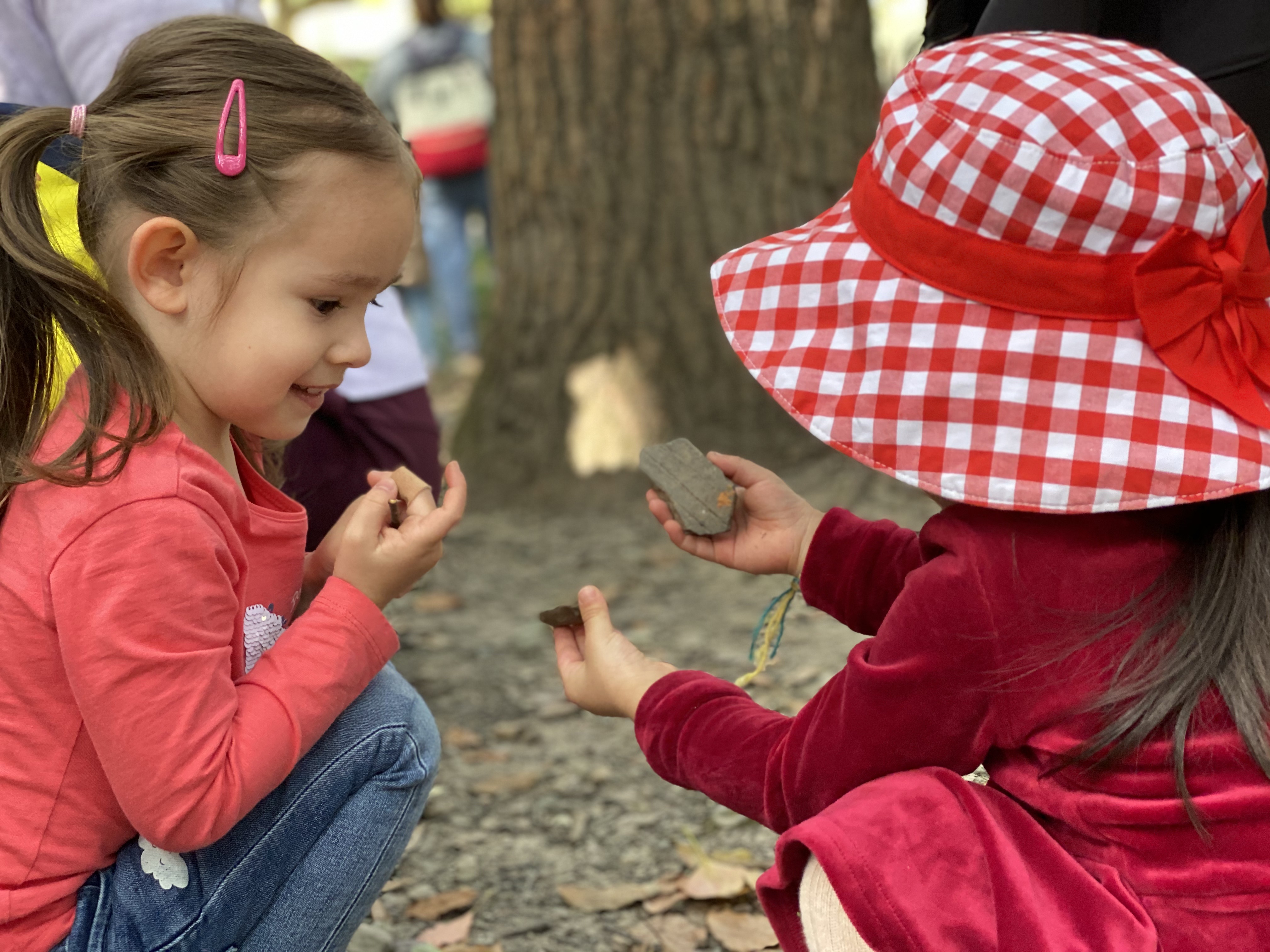
Autumn is Nature’s generous season, where plants and trees share their fruits for harvest. All the wildlife is active in collecting reserves for the cold months to come. It is a time for celebration and merriness, to enjoy the abundance and colorful display of life.
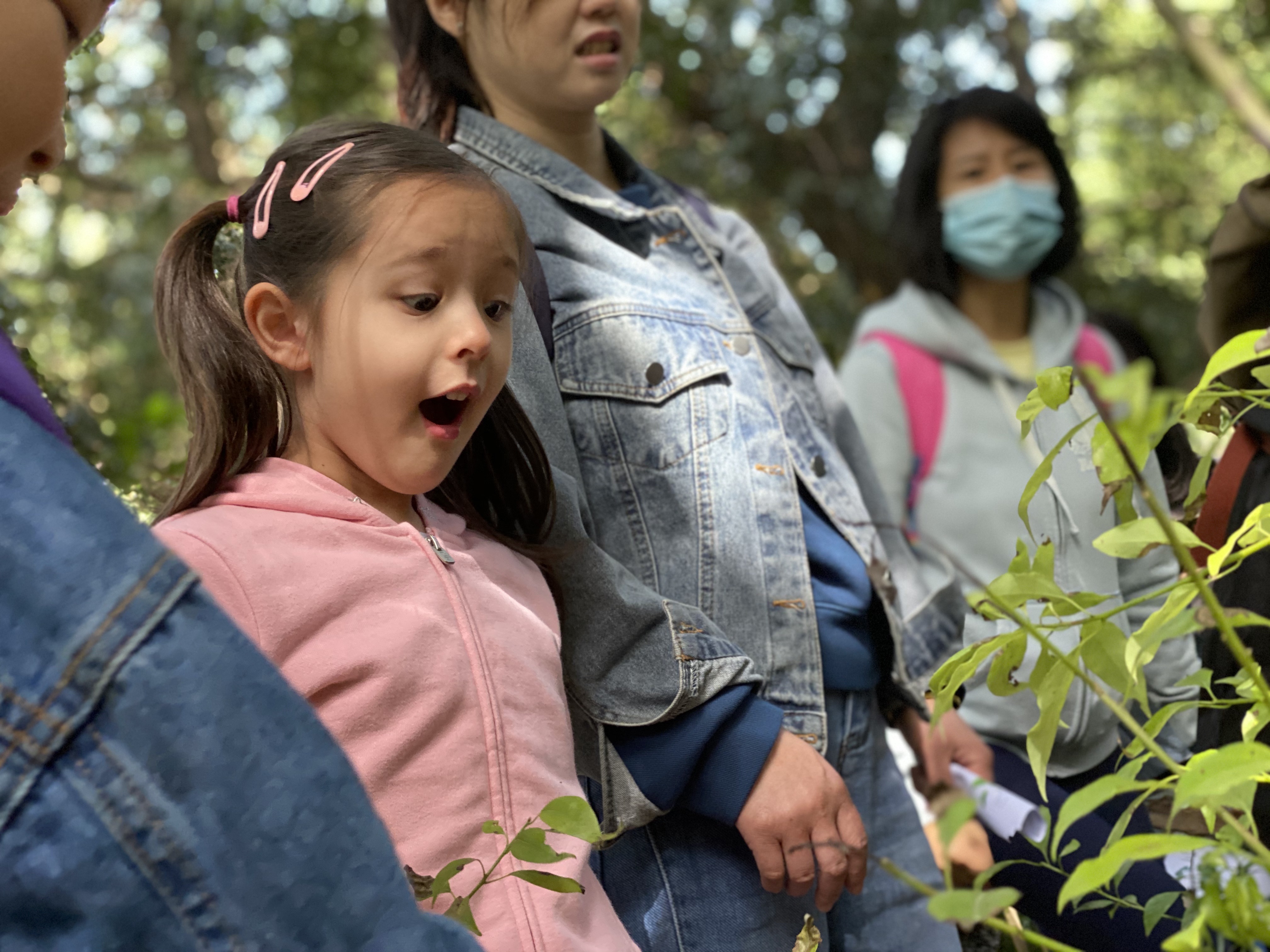
The Shanghai Botanical Garden was our perfect outdoor classroom, playground, and adventure land for a few hours, while young participants explored the secret paths, nurtured their creativity, while they learned and discovered local plants and animals.
Learning should be fun, especially during the early years. Getting to know our environment is always engaging, but when it is spiced with some fairy stories, games, music, and team-based creative projects, it can become more than that. It can be a wonderful memory of connectedness with Mother Earth! It creates a strong bond between us and the environment.
Playful experiences in nature help to develop what Maria Montessori called the Cosmic Intelligence, which can be explained as a sense of belonging and gratitude to everything around us, a sense of harmony and peace permeating our hearts when one feels at ease and present. In a child’s mind, such moments become timeless memories: precious gems that will guide his attitude to compassion, kindness, and stewardship as he grows up into adulthood.
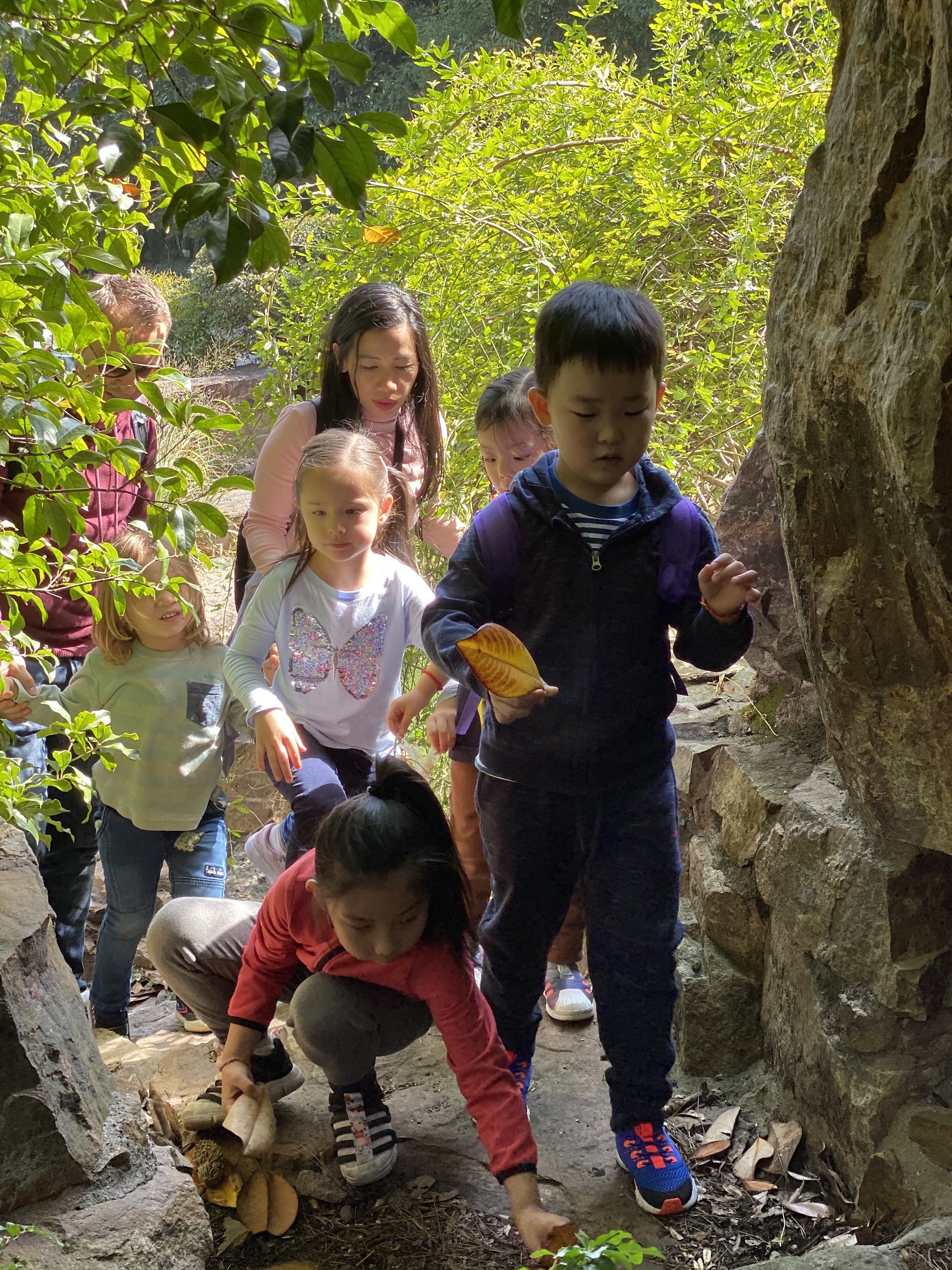
Learning by playing outdoors challenges participants in a wide range of situations: they have to use gross motor skills on uneven terrain; they have to collaborate and share resources; they have to adjust their own emotions to the other peers’ ones; they also have to properly interact and communicate, sometimes sharing their feelings, others listening. It is a whole social experience that teaches how to make friendships.
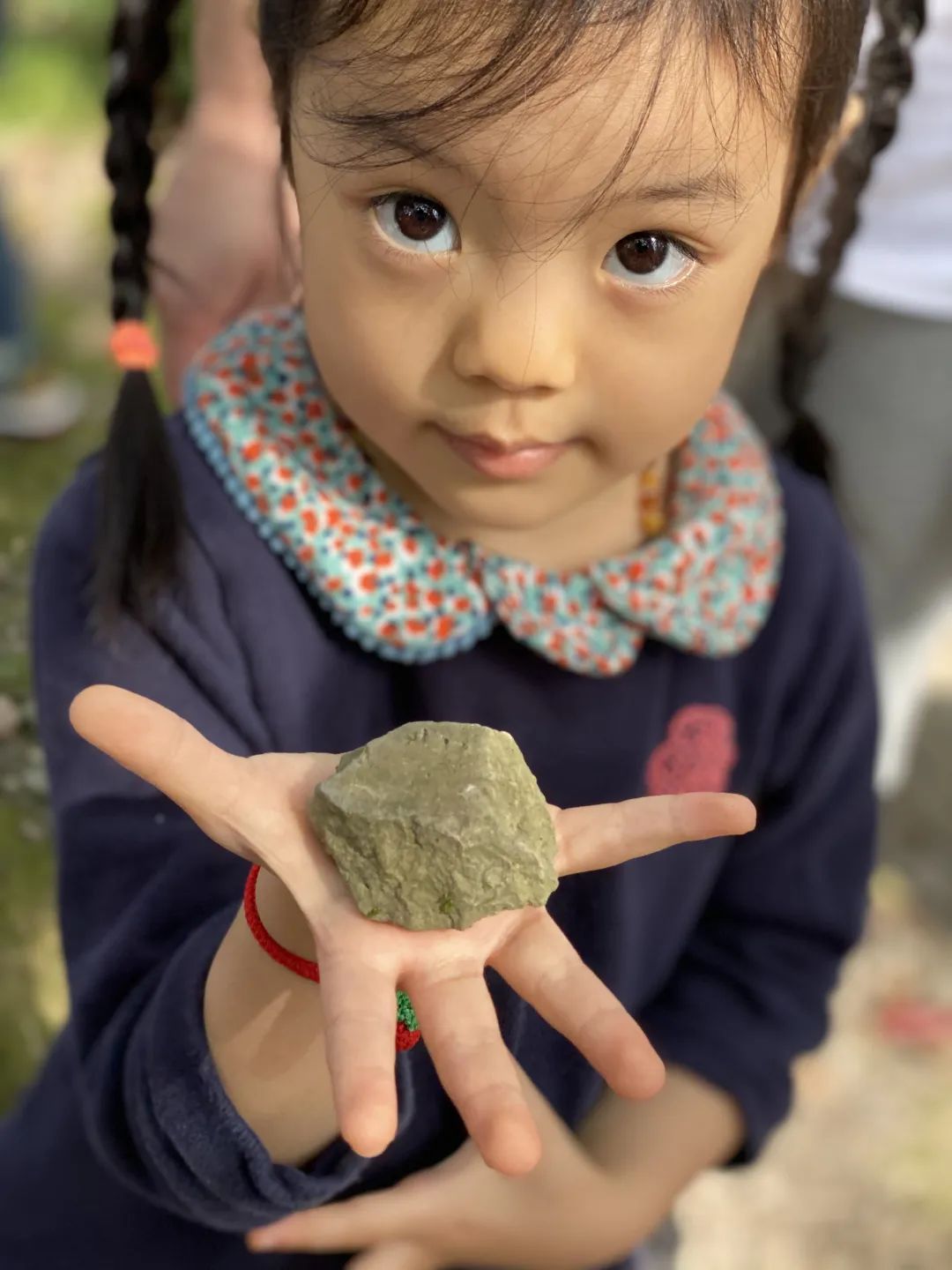
By simply wandering around into the off-beaten paths, children tune-in their senses with the intuitive language of nature, recognizing patterns and relationships, understanding the implications of risk and how to manage them, developing their curiosity to further understand the surrounding environment.
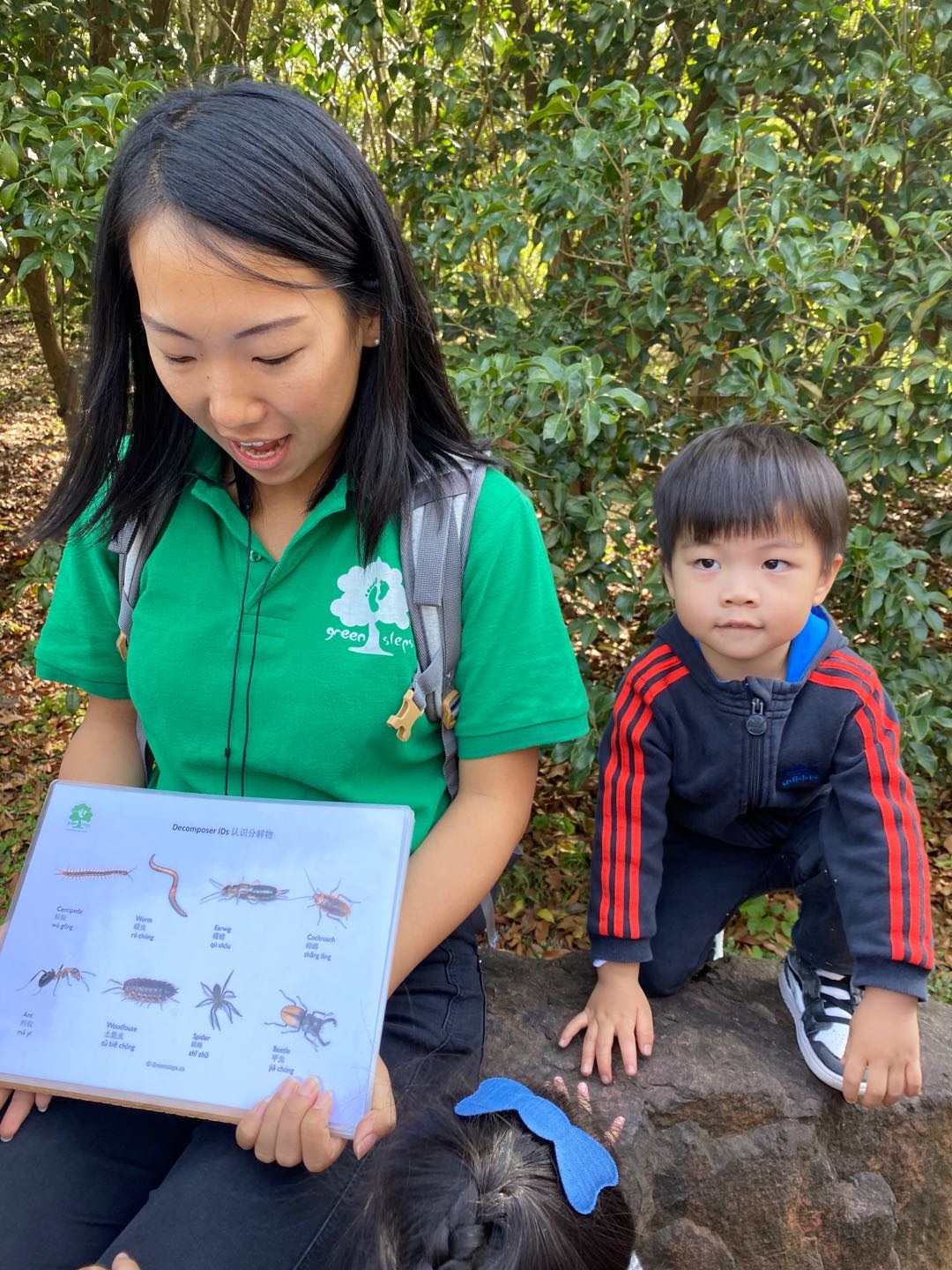
Many things could be learned in a classroom, but there are many more that need to be experienced first-hand.

During these intense hours of our Plants & Friends activity, children were deeply engaged and focused on building their own Magnolia leaves swords, playing with ginkgo butterflies, singing autumn songs, performing their dragon dance, collecting wild and colorful treasures, smelling herbal scents of the sage, rosemary, and lemon balm, and helping their fairy friends regain their rainbow village among an elm forest.
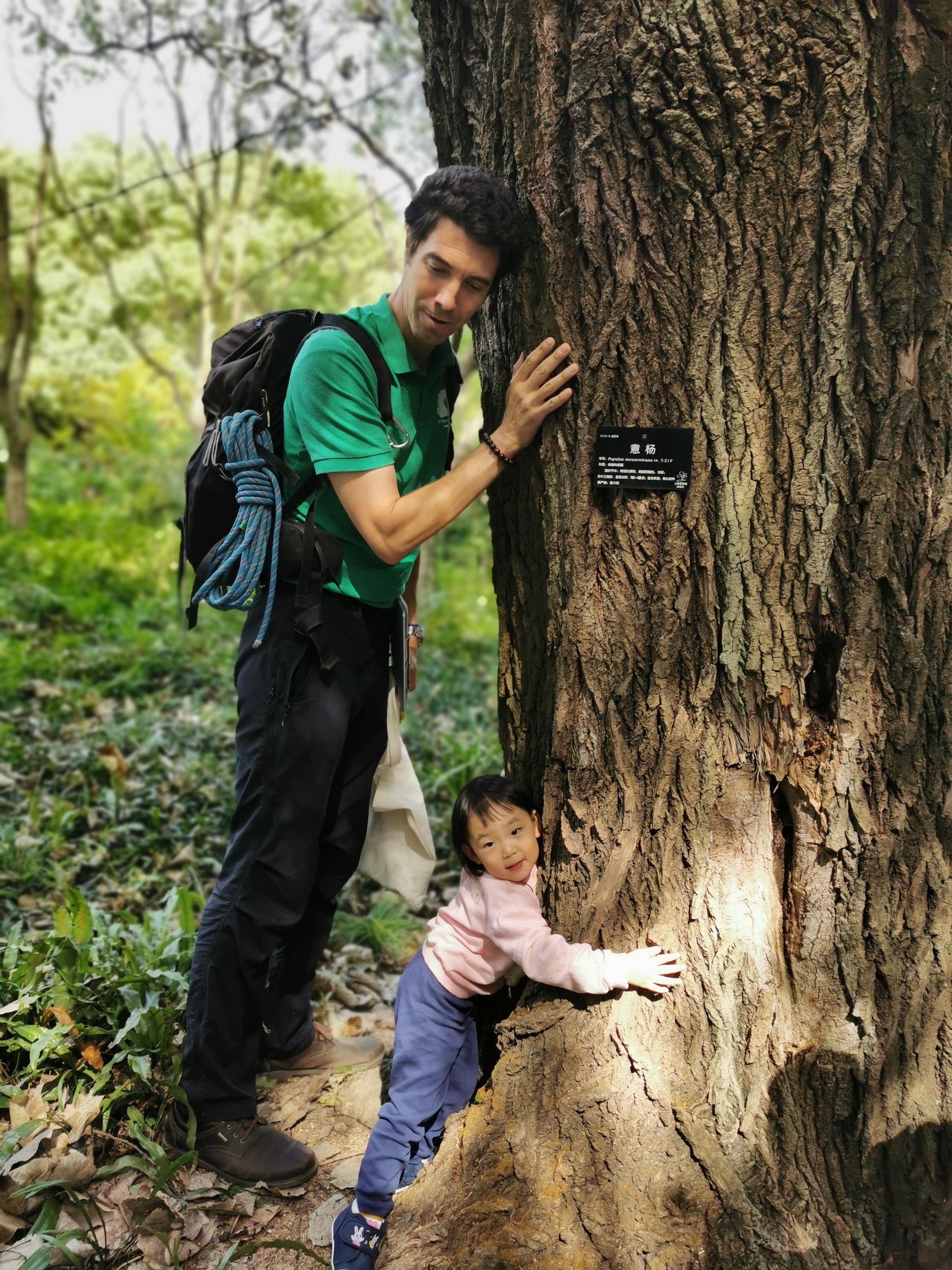
Along the way, we got to know some of the local plants, like the fringe flower (that can stop wounds from bleeding), and some very old trees (like the huge Cottonwood). We observed the helicopter seeds of the Chinese Maple, then threw them in the air, and spotted the clever couples of azure-winged Magpies hunting worms in the quiet grasslands. We even found an audacious brown spotted mantis among the bamboo leaves. For a while, we all felt at home in a little corner of greenery within the busy Shanghai city.
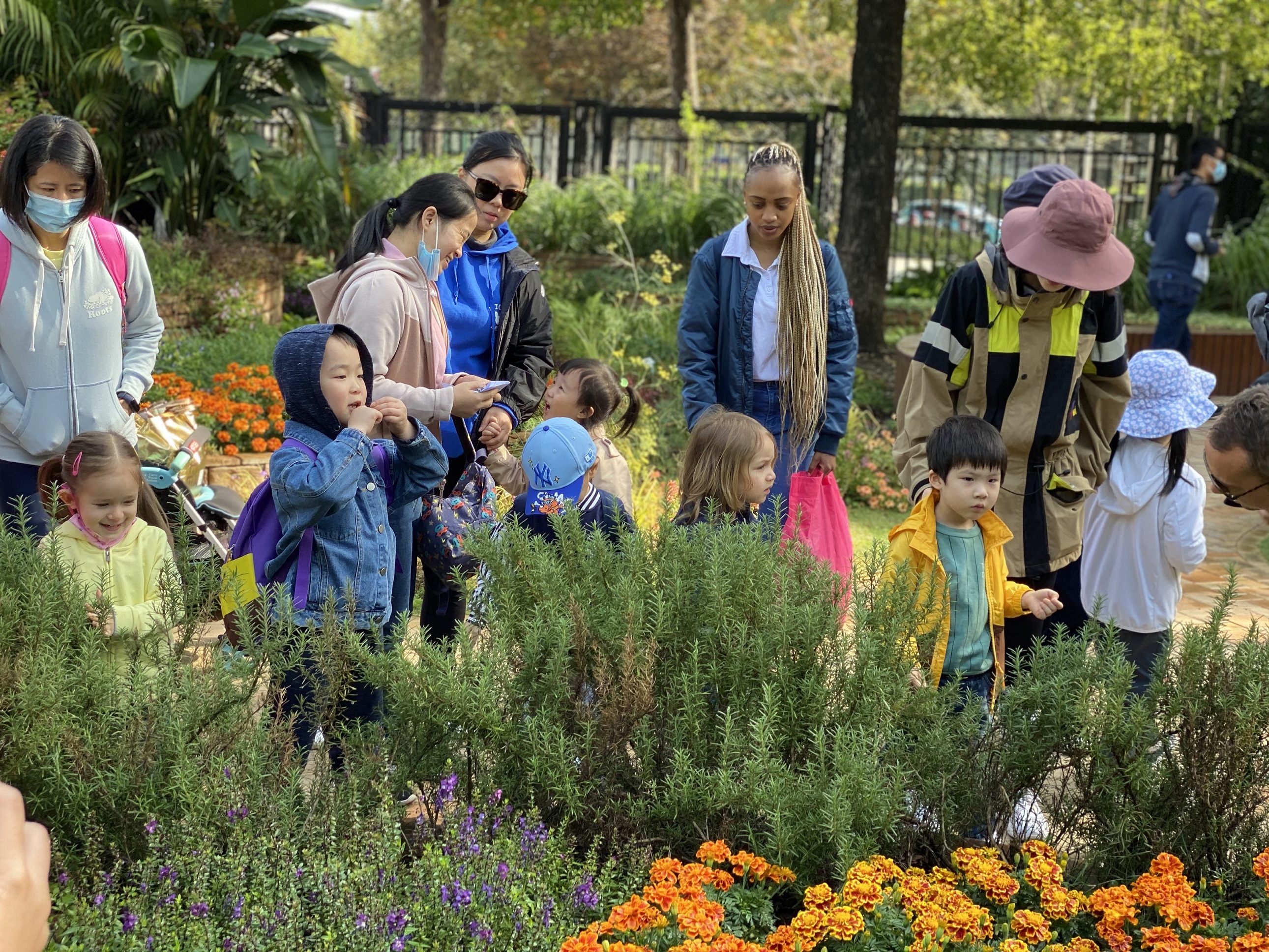
Find your own Green Steps path and learn about Nature in a fun way.




